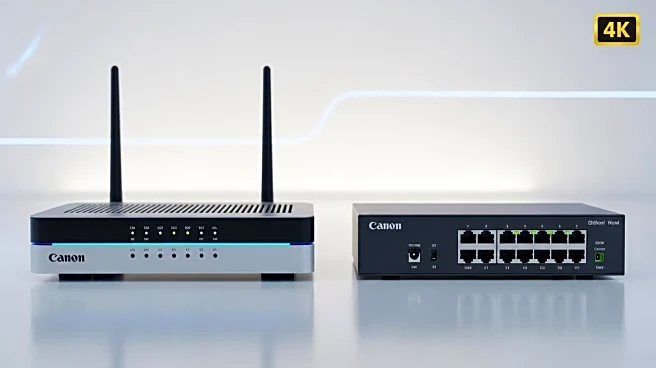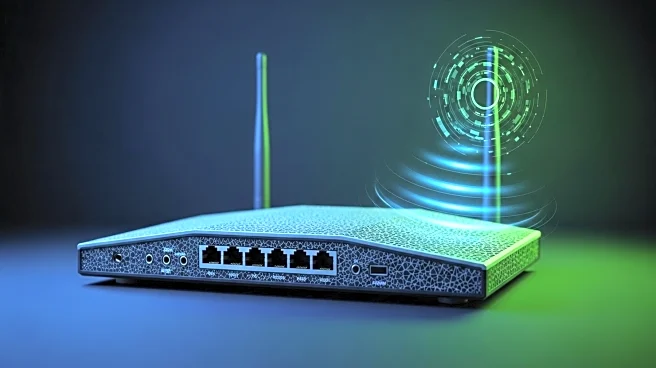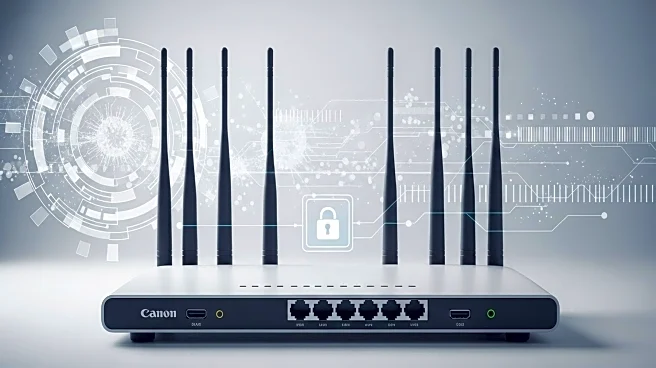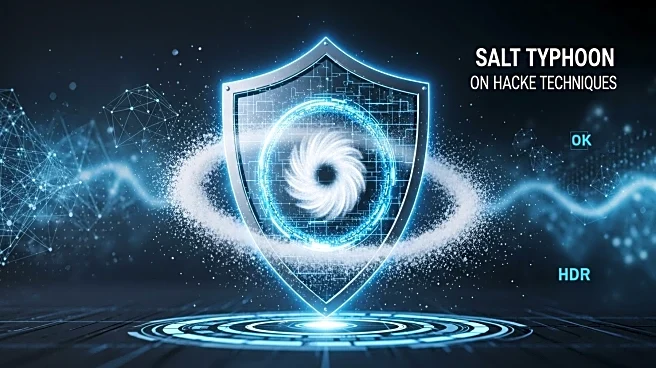What's Happening?
Cisco Systems has released security updates to address a critical vulnerability in its IOS and IOS XE network operating systems. The flaw, designated CVE-2025-20352, is located in the Simple Network Management Protocol (SNMP) subsystem and is being actively exploited. It allows authenticated remote attackers with low privileges to cause denial of service by forcing systems to reload. Higher-privileged attackers can execute arbitrary code with root-level permissions, gaining complete control over affected devices. Cisco has confirmed that the vulnerability is being exploited in the wild, with attackers using crafted SNMP packets over IPv4 or IPv6 networks. The vulnerability affects all SNMP versions, including v1, v2c, and v3, and impacts models such as Meraki MS390 and Catalyst 9300 running Meraki CS 17 or earlier.
Why It's Important?
The SNMP vulnerability in Cisco's IOS and IOS XE platforms poses significant risks to global networking infrastructure, particularly for enterprise operations and internet service providers. SNMP is widely used for network monitoring and management, and vulnerabilities that allow remote code execution and denial of service can disrupt critical services. Organizations that rely on Cisco's network software must act swiftly to apply security updates to prevent potential exploitation. The pervasive use of SNMP and the potential for attackers to gain root-level access underscore the importance of timely security responses to protect sensitive data and maintain network integrity.
What's Next?
Cisco advises organizations to apply the latest software updates to mitigate the vulnerability. For those unable to upgrade immediately, limiting SNMP access to trusted users and network segments can reduce risk, although these measures are temporary. Cisco's security bulletin provides guidance on verifying SNMP configurations and affected devices. The company has also released patches for 13 other vulnerabilities, including significant issues like cross-site scripting and denial-of-service flaws. Organizations should prioritize these updates to enhance their overall security posture.










